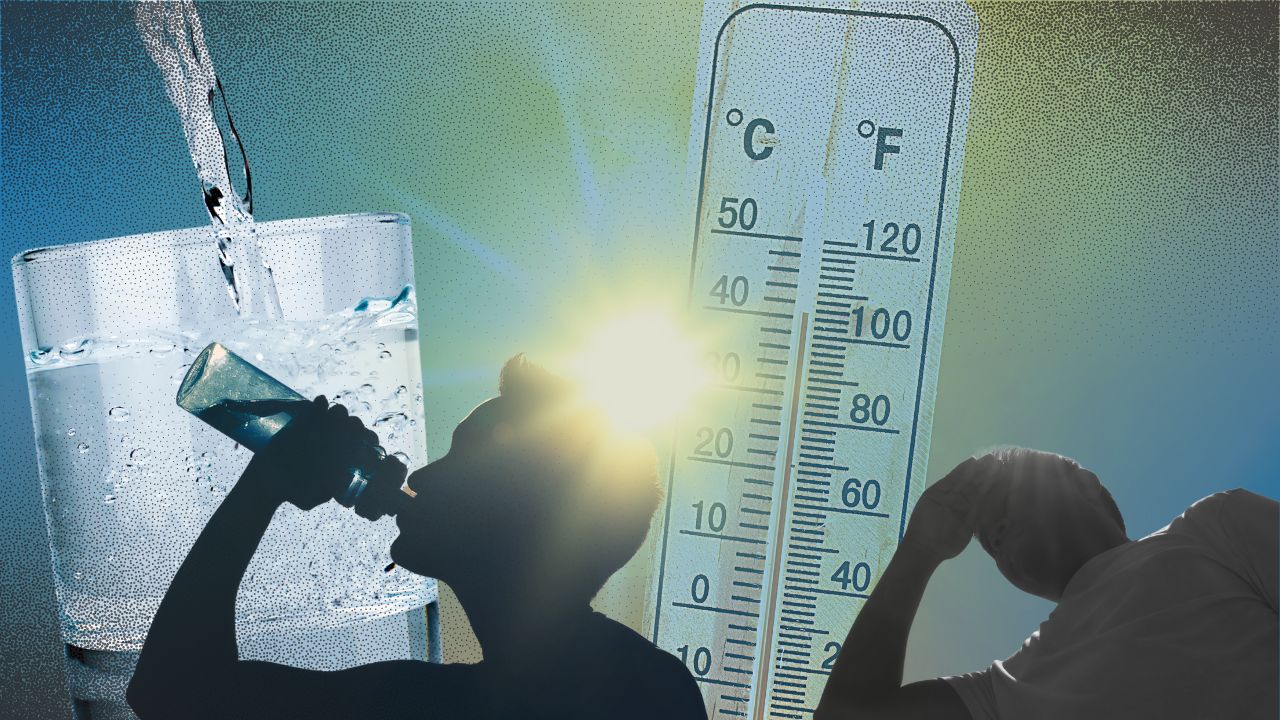
INQUIRER.NET STOCK IMAGES
MANILA, Philippines — The weather bureau recorded 17 areas across the country where the heat index reached the “danger” level on Wednesday, as it saw more sites enduring soaring temperatures in the coming days.
The Philippine Atmospheric, Geophysical and Astronomical Services Administration (Pagasa) defines the heat index as a measure that factors in air temperature and relative humidity to determine the level of discomfort experienced by the human body.
It reaches the “danger” level upon hitting 41 degrees Celsius or higher, which may lead to heat-related health problems.
READ: Pagasa to improve heat index monitoring system
According to data released by Pagasa at 6 p.m. on Wednesday, the temperature rose to such extremes in the following areas during the day:
Dagupan City, Pangasinan; Mariano Marcos State University in Batac, Ilocos Norte; Bacnotan, La Union; Tuguegarao City, Cagayan; Isabela State University in Echague, Isabela; Tayabas, Quezon; Ambulong in Tanauan, Batangas; Sangley Point, Cavite;
Coron, Palawan; San Jose, Occidental Mindoro; Puerto Princesa City, Palawan; Aborlan, Palawan; Virac (Synop) in Catanduanes; Roxas City, Capiz; Dumangas, Iloilo; Iloilo City; Catarman, Northern Samar; and Guiuan, Eastern Samar.
Pagasa said three more areas are expected to join the list in the next two days, making it 20. The three areas mentioned are Aparri, Cagayan; Central Bicol State University of Agriculture in Pili, Camarines Sur; and Cotabato City, Maguindanao.
Health risks
“As early as April, we are already feeling it, so it means it’s still possible for the maximum daytime temperature to go higher than 40 degrees Celsius,” said Ana Liza Solis, chief of Pagasa’s Climate Monitoring and Prediction Section.
The agency also warned of a 50-50 chance that the maximum daytime temperatures in May would rise to a scorching 42.2ºC.
Extreme heat conditions pose significant health risks, including heat exhaustion and heatstroke, especially for the elderly, young children and those with underlying medical conditions.
Pagasa again reminded residents in the most affected areas to take necessary precautions, like staying hydrated, limiting outdoor activities during the hottest hours of the day, and staying in the shade or in air-conditioned areas whenever possible.